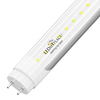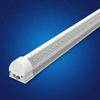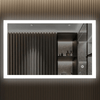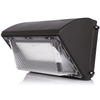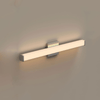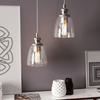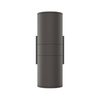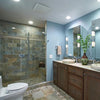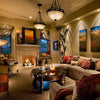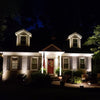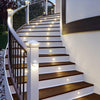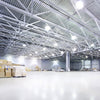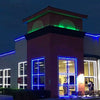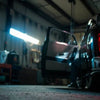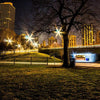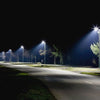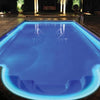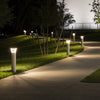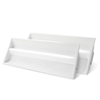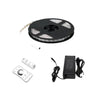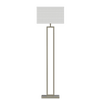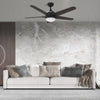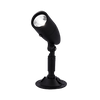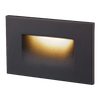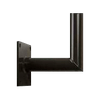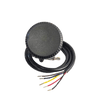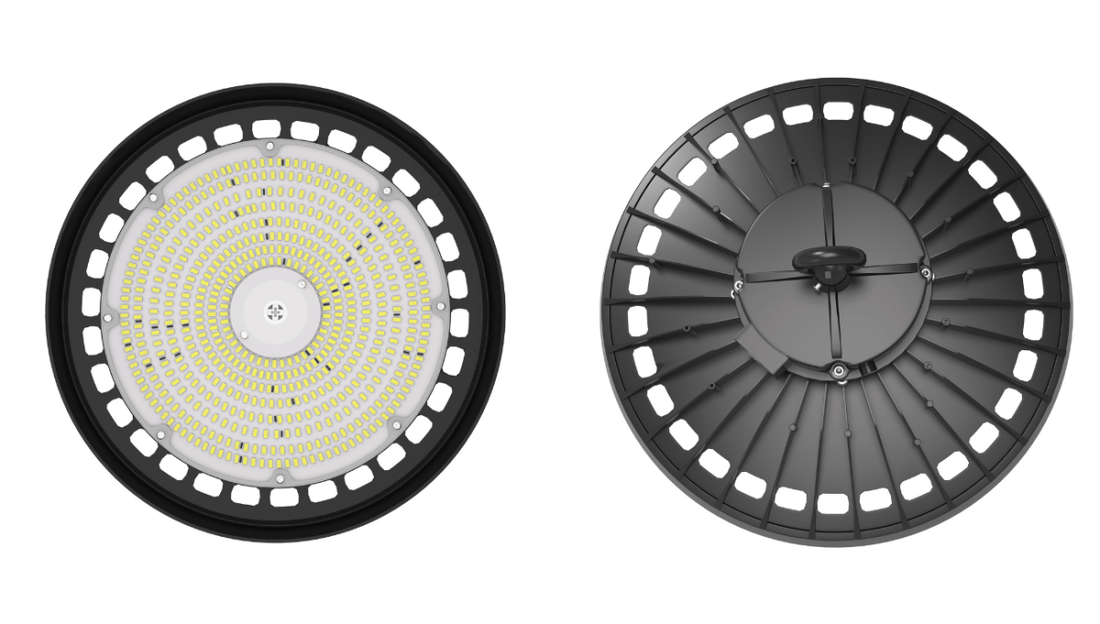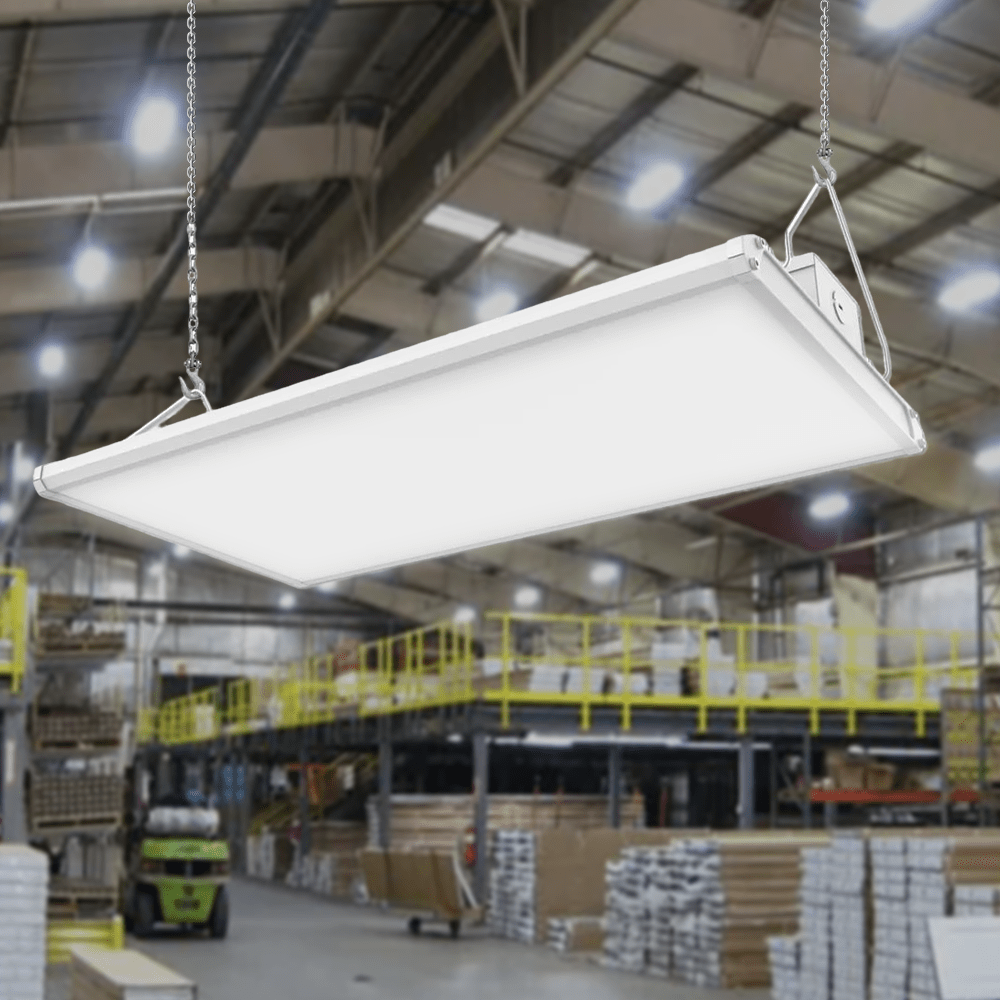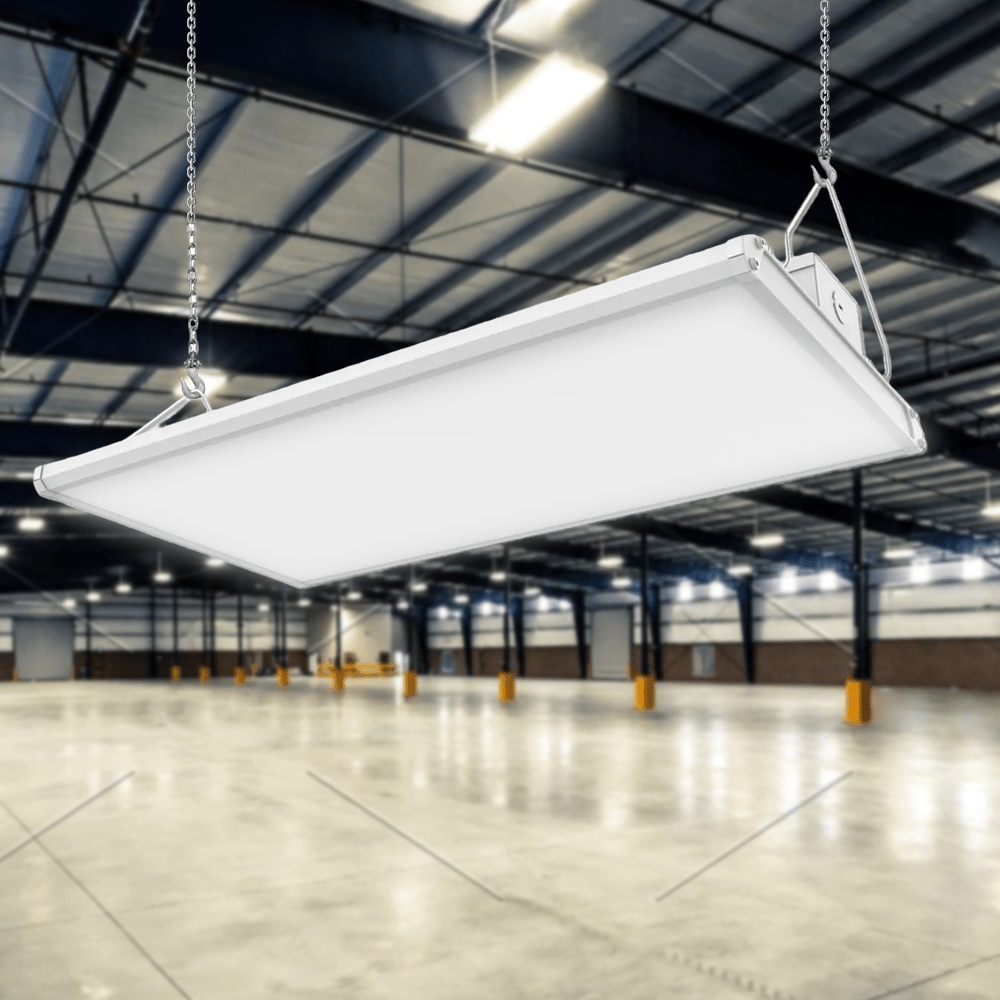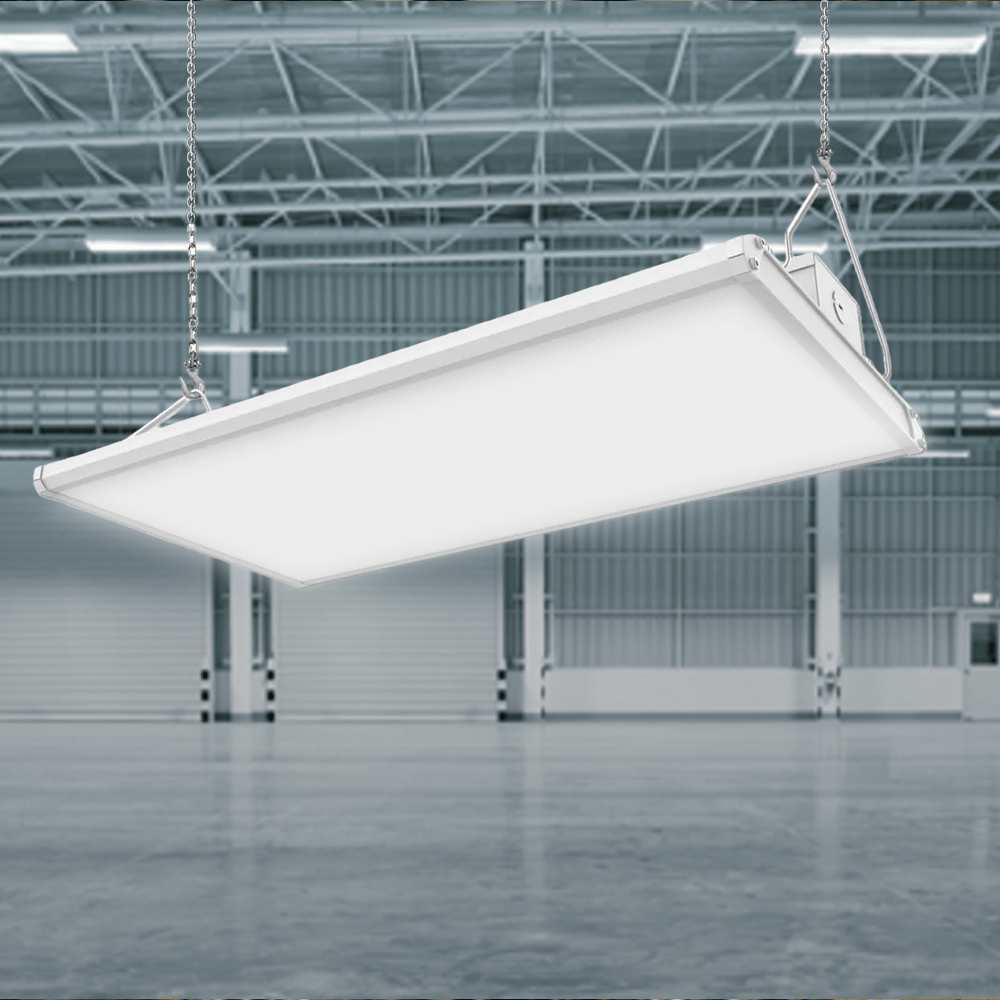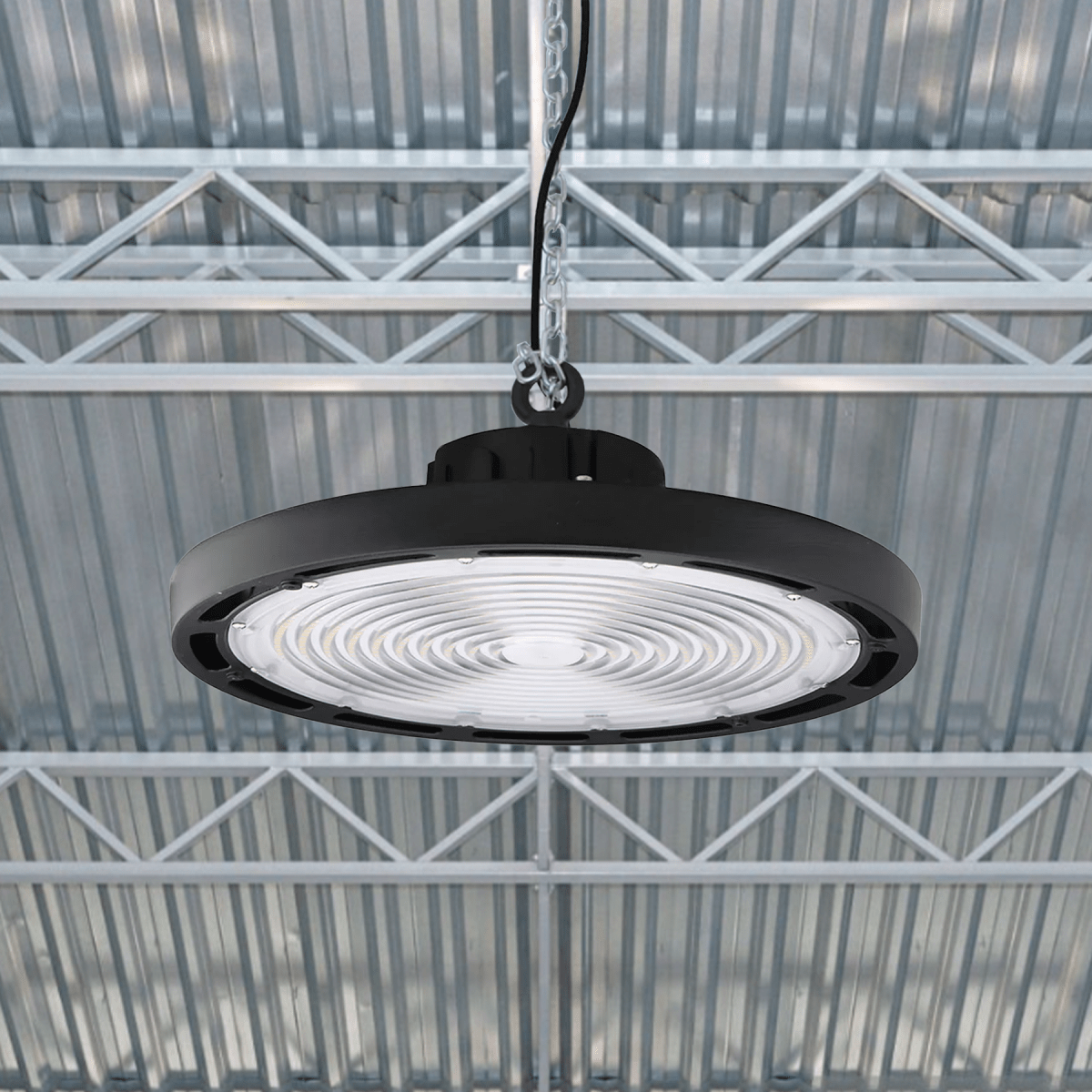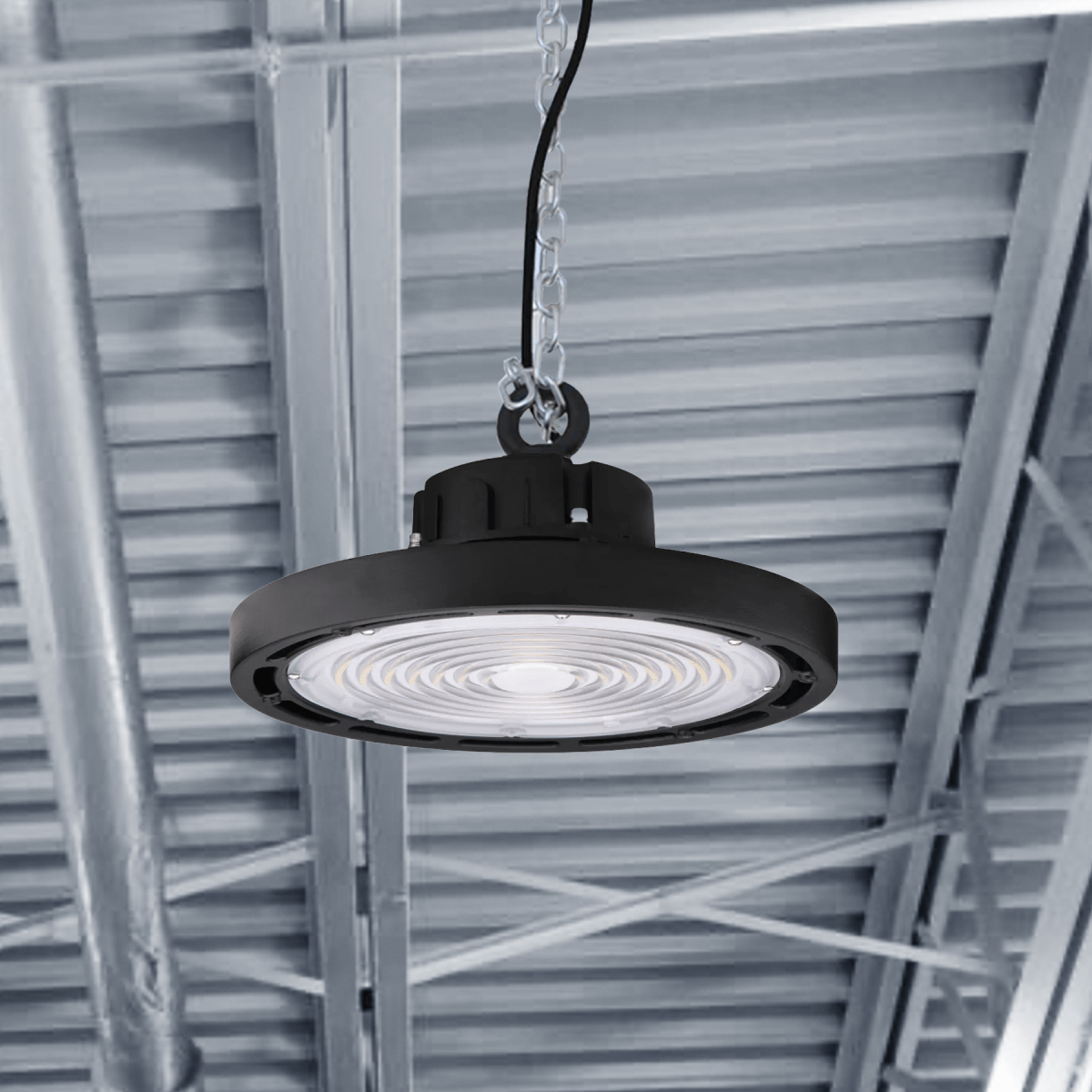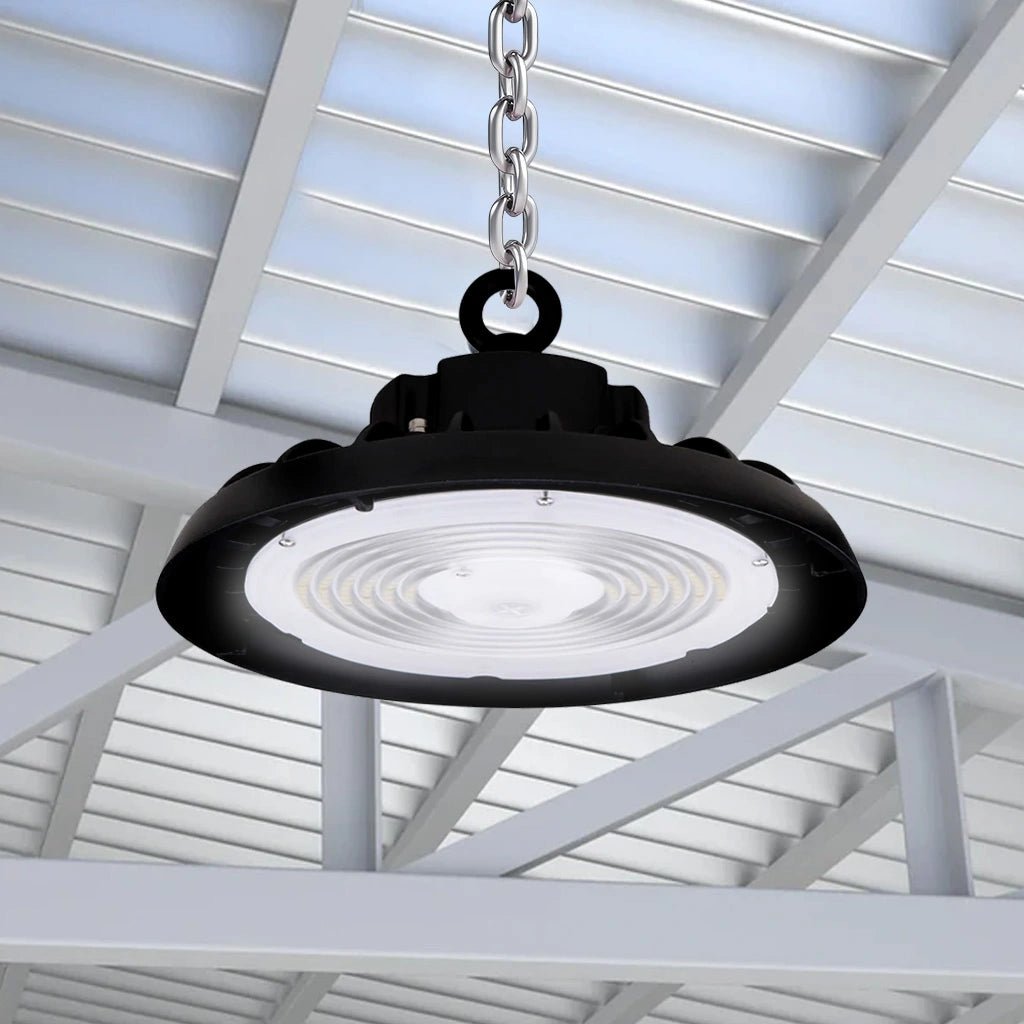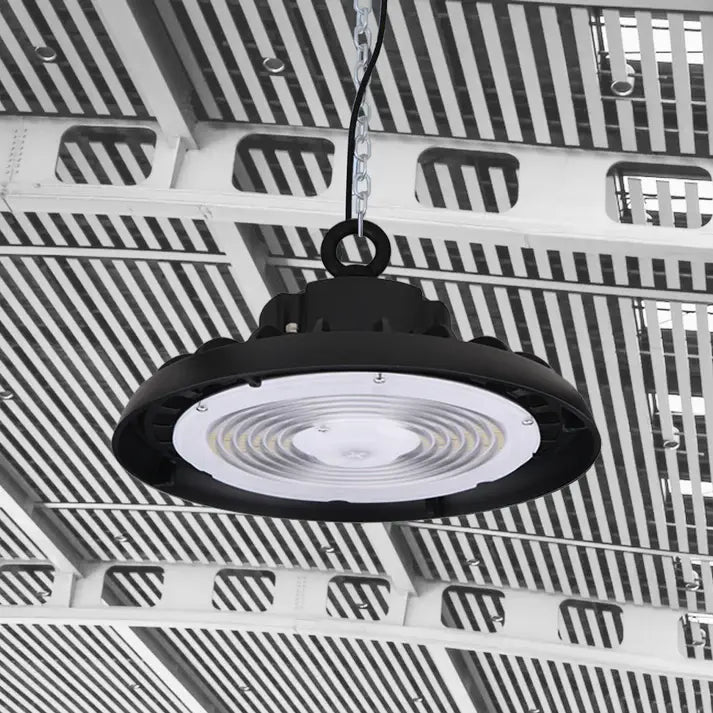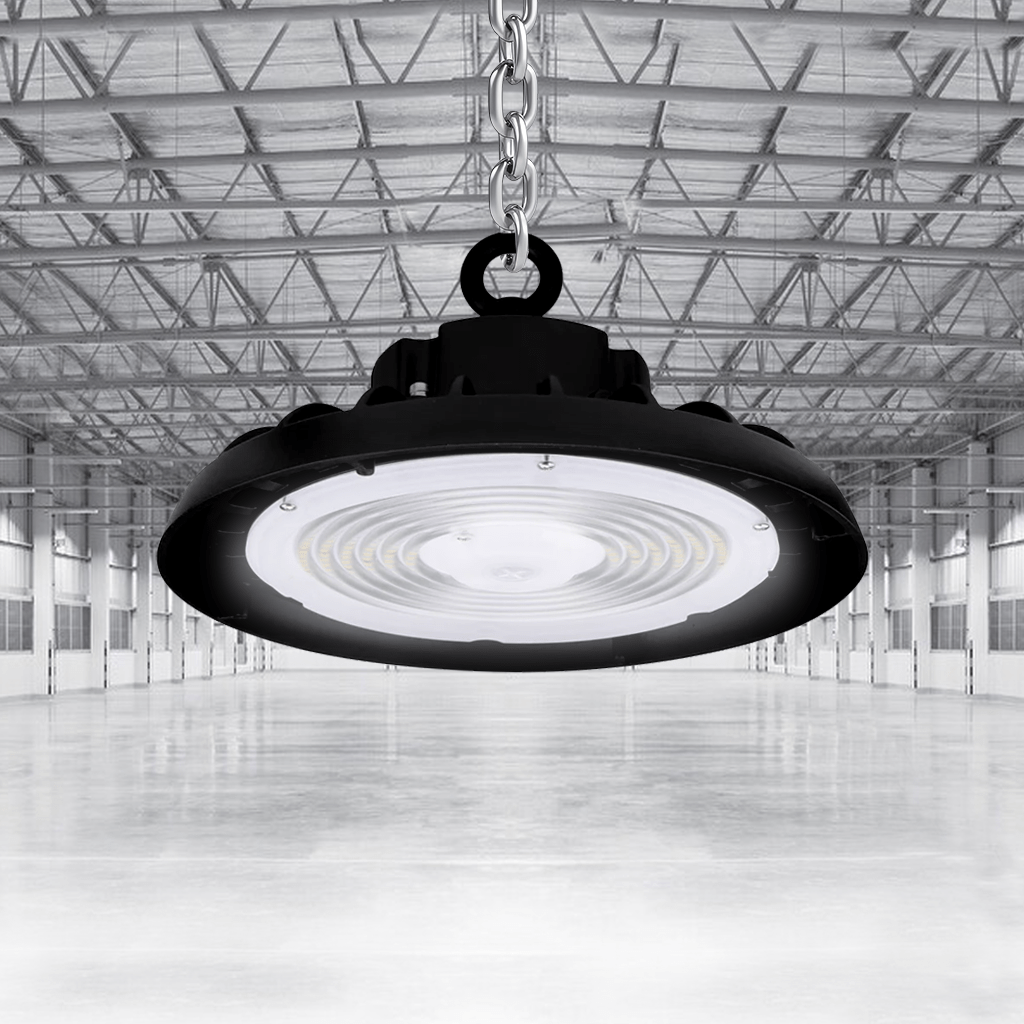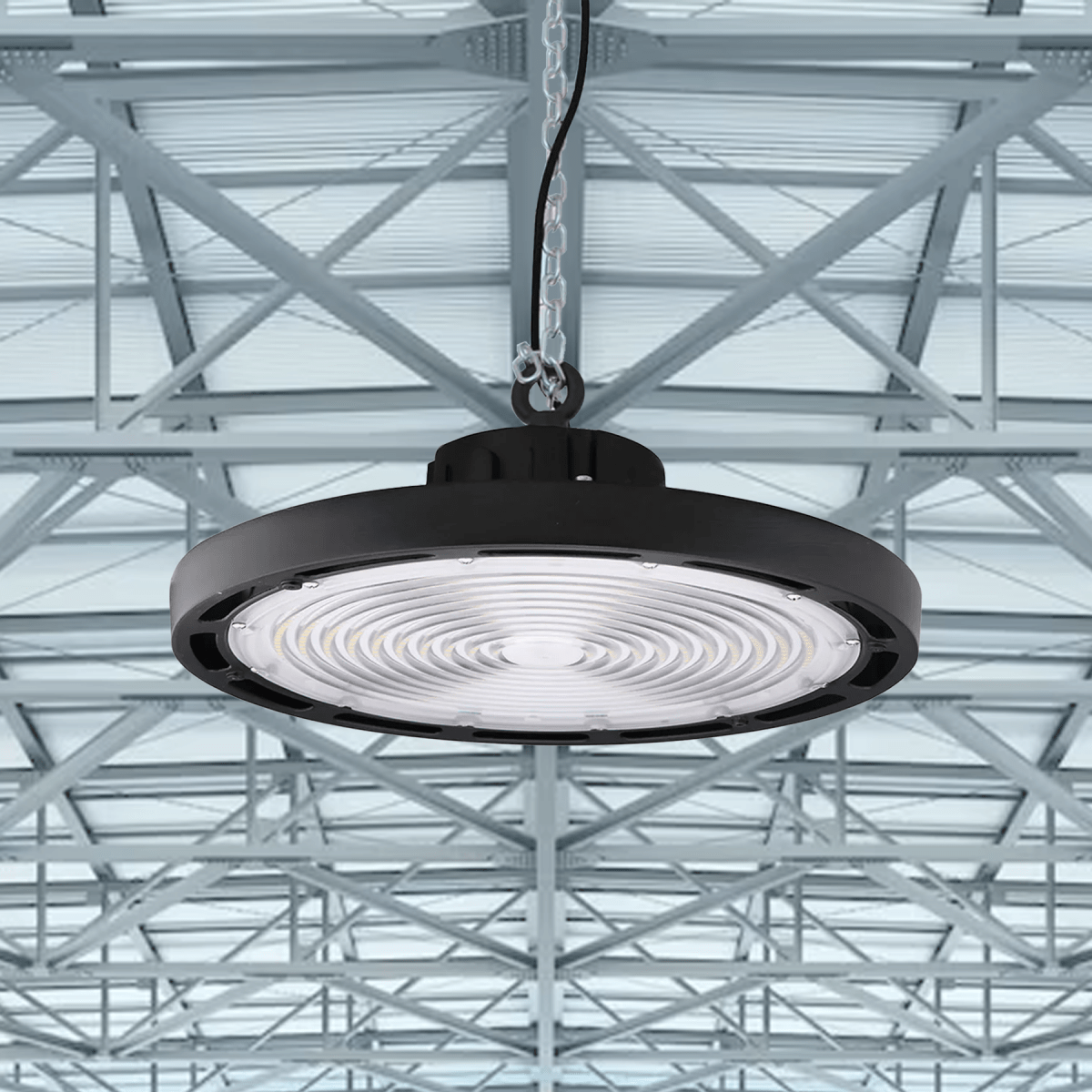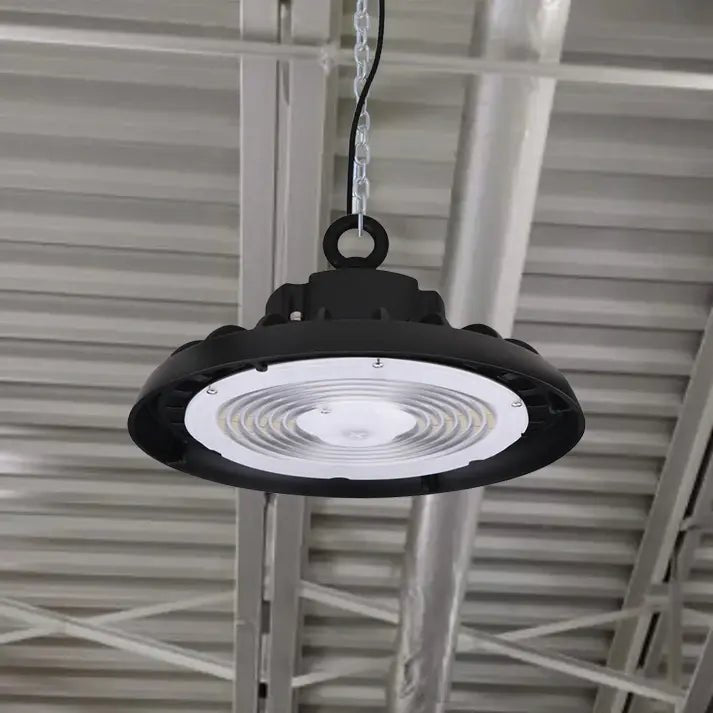I. Introduction to High Bay LED Lights
High bay LED lights are designed for spaces with high ceilings, typically over 15 feet. They provide ample illumination for large areas such as warehouses, manufacturing facilities, gymnasiums, and retail spaces. The transition to LED technology has revolutionized high bay lighting, offering significant energy savings and improved performance compared to traditional lighting solutions.
II. Factors Affecting Power Consumption
Several factors influence the power consumption of high bay LED lights. Understanding these factors is essential for accurately assessing energy usage and optimizing efficiency.
A. Wattage of High Bay LED Lights
The wattage of a high bay LED light fixture indicates its power consumption. Higher wattage lights typically consume more electricity but provide greater illumination.
B. Lumens per Watt Efficiency
Lumens per watt (lm/W) is a measure of a light fixture's efficiency in converting electrical power into visible light. High bay LED lights with higher lm/W ratios are more energy-efficient.
C. Operating Hours
The number of hours a high bay LED light operates daily directly impacts its energy consumption. Longer operating hours result in higher electricity usage.
D. Additional Features Impact
Features such as dimming capabilities, motion sensors, and daylight harvesting technologies can affect power consumption by adjusting light output based on environmental conditions and occupancy.
III. Calculating Power Consumption
Determining the power consumption of a high bay LED light fixture involves a simple calculation based on its wattage and operating hours.
A. Basic Power Calculation Formula
Power Consumption (kWh) = Wattage (kW) × Hours of Operation × Days of Operation
B. Example Calculation
For instance, a 150-watt high bay LED light operating 10 hours per day for 30 days would consume: Power Consumption = 0.15 kW × 10 hours/day × 30 days = 45 kWh
C. Considering Specific Scenarios
Factors like seasonal variations in daylight hours and occupancy patterns should be considered for accurate power consumption estimations.
IV. Comparison with Traditional Lighting
High bay LED lights offer significant advantages over traditional lighting options, such as high-intensity discharge (HID) lights, in terms of energy efficiency and operational costs.
A. High Bay LED vs. High-Intensity Discharge (HID) Lights
LED lights consume significantly less power than HID lights while providing comparable or superior illumination levels.
B. Energy Efficiency Analysis
The energy savings achieved by switching to LED lighting can result in substantial cost reductions over the long term.
C. Cost Savings Over Time
Although high bay LED lights may have higher upfront costs, their lower energy consumption and longer lifespan contribute to considerable savings in maintenance and replacement expenses.
V. Importance of Understanding Power Consumption
Understanding the power consumption of high bay LED lights is crucial for several reasons.
A. Environmental Impact
Reducing energy consumption helps lower greenhouse gas emissions and mitigate environmental impact.
B. Cost Efficiency
Efficient lighting systems translate to lower electricity bills and overall operational costs for businesses.
C. Compliance with Regulations
Many jurisdictions have energy efficiency regulations and incentives in place, making it advantageous for businesses to invest in energy-saving lighting solutions.
VI. Tips for Reducing Power Consumption
To further optimize energy efficiency, businesses can implement various strategies.
A. Opt for High-Efficiency Models
Choosing high bay LED lights with higher lm/W ratings ensures maximum energy savings.
B. Implement Smart Lighting Controls
Smart lighting systems, including occupancy sensors and daylight harvesting controls, help regulate light usage based on actual requirements.
C. Regular Maintenance and Upkeep
Routine maintenance, such as cleaning fixtures and replacing faulty components, ensures optimal performance and efficiency.
VII. Real-World Applications and Case Studies
High bay LED lighting solutions have been successfully implemented across various industries, yielding tangible benefits.
A. Warehouse Lighting Solutions
Efficient high bay LED lighting systems improve visibility and safety in warehouse environments while reducing energy costs.
B. Industrial Manufacturing Plants
In manufacturing facilities, high bay LED lights contribute to enhanced productivity and cost savings through efficient lighting solutions.
C. Commercial Facilities
Retail stores and commercial buildings benefit from the superior illumination and energy efficiency offered by high bay LED lights.
VIII. Future Trends in High Bay Lighting
The future of high bay lighting is characterized by continuous innovation and advancements in technology.
A. Advancements in LED Technology
Ongoing research and development efforts aim to further improve the efficiency and performance of LED lighting systems.
B. Integration of IoT and Automation
The integration of Internet of Things (IoT) technology enables smart lighting solutions that adapt to environmental conditions and user preferences.
C. Sustainable Lighting Solutions
Sustainability will continue to drive the adoption of energy-efficient lighting solutions, with a focus on reducing carbon footprint and minimizing environmental impact.
IX. Conclusion
Understanding the power consumption of high bay LED lights is essential for making informed decisions regarding lighting solutions. By considering factors such as wattage, efficiency, and operating hours, businesses can optimize energy usage, reduce costs, and contribute to environmental sustainability.
FAQs
Q. Are high bay bay LED lights suitable for outdoor use?
A. High bay LED lights are primarily designed for indoor spaces with high ceilings, such as warehouses, manufacturing facilities, and gymnasiums. While some models may be suitable for outdoor use in covered areas, it's essential to check the manufacturer's specifications and ensure proper protection against environmental factors like moisture and dust.
Q. Do high bay LED lights require special installation?
A. High bay LED lights typically require professional installation, especially in large commercial or industrial settings. Proper mounting, wiring, and positioning are crucial for optimal performance and safety. It's recommended to hire qualified electricians or lighting specialists familiar with high bay installations.
Q. How long do high bay LED lights last?
A. High bay LED lights are known for their longevity, with average lifespans ranging from 50,000 to 100,000 hours of operation. Factors such as quality of construction, operating conditions, and maintenance practices can influence the actual lifespan of the fixtures.
Q. Can high bay LED lights be dimmed?
A. Many high bay LED lights come with dimming capabilities, allowing users to adjust the light output based on their specific needs. Dimming not only enhances energy efficiency but also provides flexibility in lighting control for different tasks and environments.
Q. Are there any rebates or incentives available for switching to high bay LED lights?
A. Yes, many utility companies and government agencies offer rebates, incentives, and tax credits for businesses that upgrade to energy-efficient lighting solutions like high bay LED lights. These programs aim to encourage sustainability and reduce overall energy consumption.







